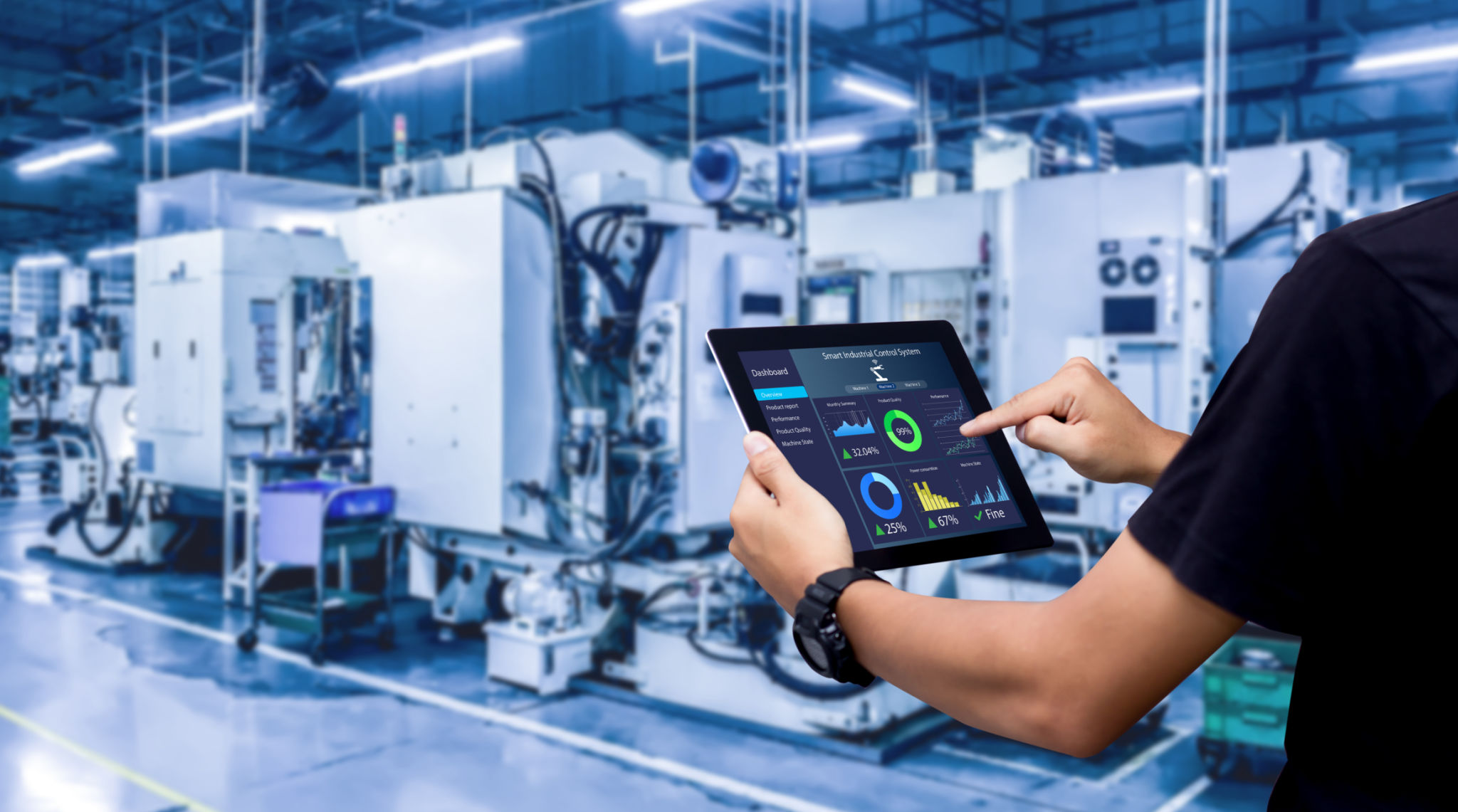How Real-Time Surveillance Monitoring Trends Are Revolutionizing Security
Introduction to Real-Time Surveillance Monitoring
In the ever-evolving landscape of security, real-time surveillance monitoring has emerged as a game-changer. This cutting-edge technology enables organizations to enhance their security measures, providing a comprehensive approach to safeguarding assets and ensuring public safety. Real-time surveillance is not just about observing but also about immediate action and decision-making.

The Rise of Smart Surveillance Systems
With advancements in technology, smart surveillance systems have become increasingly sophisticated. They integrate artificial intelligence and machine learning to analyze data and detect anomalies. This allows for proactive responses to potential threats, significantly reducing reaction times. By leveraging AI, these systems can discern patterns and predict incidents before they occur.
Moreover, smart surveillance systems are equipped with facial recognition, motion detection, and license plate recognition features. These capabilities enhance the accuracy and efficiency of monitoring, providing security personnel with actionable insights in real time.
The Role of IoT in Surveillance
The Internet of Things (IoT) plays a pivotal role in the evolution of surveillance systems. IoT devices, such as cameras and sensors, are interconnected, enabling seamless data sharing across platforms. This connectivity ensures that security operations centers receive comprehensive and synchronized information, facilitating quicker responses.

Benefits of Real-Time Monitoring
The benefits of real-time surveillance monitoring extend beyond increased security. It also offers improved operational efficiency and cost-effectiveness. Organizations can allocate resources more strategically, focusing on areas that require immediate attention. This targeted approach reduces unnecessary expenditure on security personnel and equipment.
Additionally, real-time monitoring provides peace of mind to business owners and residents alike. Knowing that any suspicious activity will be instantly identified and addressed enhances overall safety and confidence in security measures.
Challenges in Implementing Real-Time Surveillance
Despite its numerous advantages, implementing real-time surveillance comes with challenges. Privacy concerns are at the forefront, as continuous monitoring raises questions about data protection and individual rights. Organizations must balance the need for security with respect for privacy by adhering to regulations and ensuring transparency.

Another challenge is the integration of new technologies with existing infrastructure. Upgrading systems to accommodate real-time capabilities requires investment in both time and resources. However, the long-term benefits often outweigh the initial costs, making it a worthwhile endeavor.
Future Trends in Surveillance Technology
The future of surveillance technology is promising, with trends pointing towards even greater automation and integration. We can expect advancements in AI to further refine predictive analytics, enabling more precise threat detection and prevention.
Moreover, the integration of 5G technology will revolutionize data transmission speeds, facilitating even faster processing of information from surveillance devices. This will enhance the responsiveness and accuracy of real-time monitoring systems, making them more effective than ever before.

